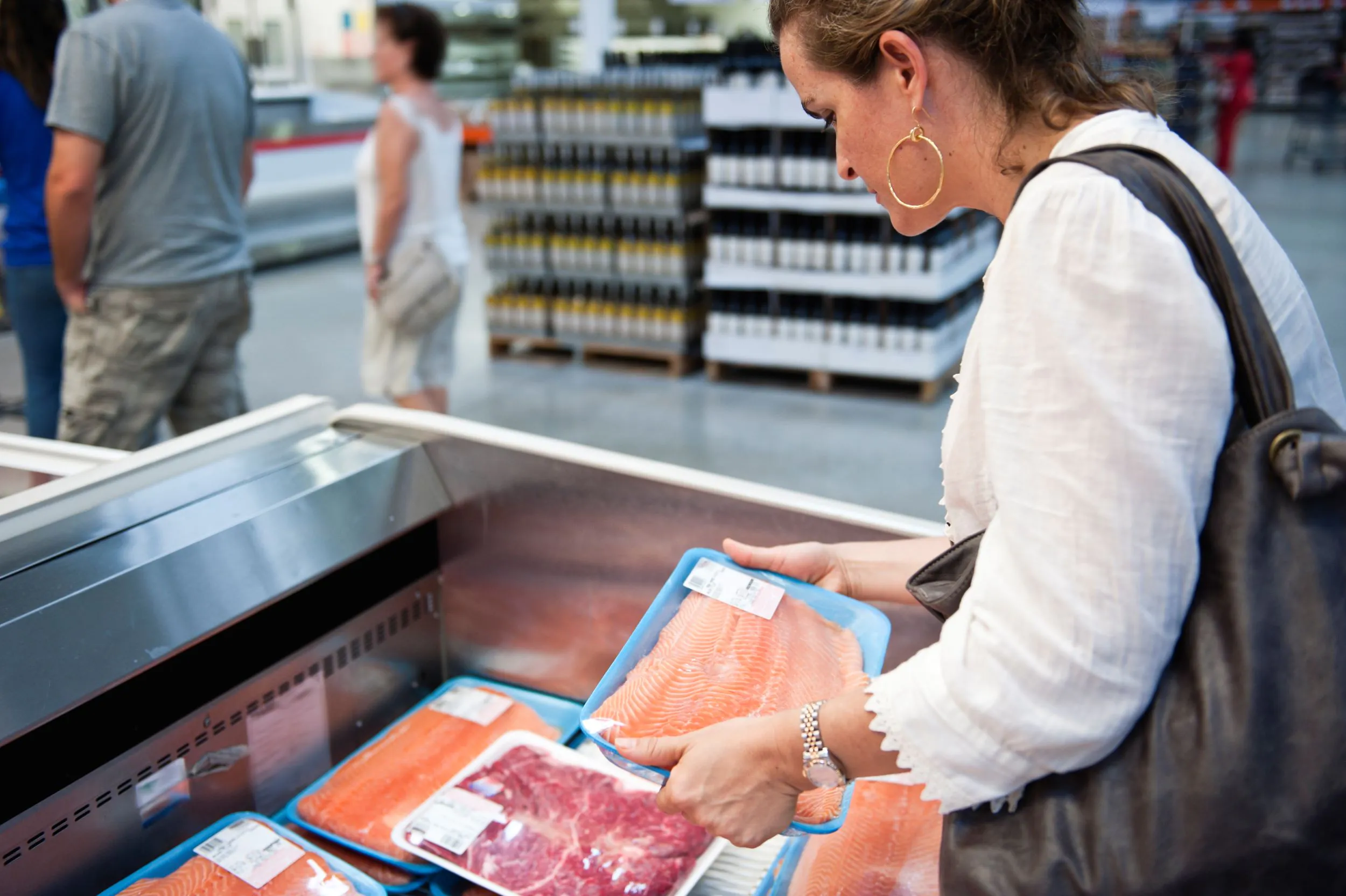The dynamics of the fast food industry are changing. Though the popularity of quick service and fast casual restaurants is holding steady worldwide, fast casual restaurants are set to overtake quick service restaurants in the near future. In terms of revenue, fast casual restaurants are expected to grow at a rate of 10.71% through 2021, while the growth rate for quick service restaurants during the same period is expected to total just 4.03%.
What’s the difference between quick service and fast food?
Quick service restaurants typically have minimal table service and limited menus, and offer food that has been cooked in bulk in advance and then kept hot or packaged to order. The vast majority of quick service restaurants offer drive-through services.
With calorie counting dominating the way we dine, fast casual restaurants combine fast food and casual dining concepts, offering higher quality food than most quick service restaurants but with lower prices than casual dining restaurants. Most fast casual restaurants require customers to order in-store and do not have drive-throughs.
What’s driving the growth of fast food and casual restaurants?
Increasing demand for healthier food and beverages: Consumers are increasingly preferring convenient but healthy fast food options, and are turning to the offerings of fast casual restaurants to meet their needs. This is especially true of younger generations who are the target consumers for both quick service and fast casual restaurants. According to Technavio, more than 70% of American millennials say that they prefer healthy fast food options with more natural and nutritional ingredients.
Increase in chef-driven fast casual restaurants: High-end chefs are becoming involved with fast casual restaurants—in some instances, opening their own—in order to capitalize off of this industry’s success. These restaurants make high-quality food available to a larger number of consumers.
Increase in specialty diets: An increase in veganism, vegetarianism, and dairy- or gluten-free diets amongst consumers globally is driving the popularity of fast casual restaurants because of the increased customization and options that their menus offer. Customers are able to remove or substitute ingredients and toppings as-needed, and have more variety in terms of food and beverage choices.
What does the future of fast food hold?
Though fast casual restaurants are expected to dominate the fast food industry until 2021, quick service restaurants aren’t going away any time soon. Consumer loyalty is high for many of these restaurants—McDonald’s, for example—and their food products have become a regular part of many consumers’ diets. As fast casual restaurants benefit from their boom in popularity, quick service restaurants will also see growth resulting from innovative digital marketing initiatives and the inclusion of healthier food items on quick service menus.
Thousands of the world’s leading food and beverage companies can be in your contact list if you join BizVibe today. Whether you are looking for reliable suppliers, top food and drink manufacturers, wholesalers and potential customers in over 70 countries, or want to find out what your competitors are buying and which suppliers they’re using, BizVibe can help you reach out to sales prospects and decision-makers across the globe.



